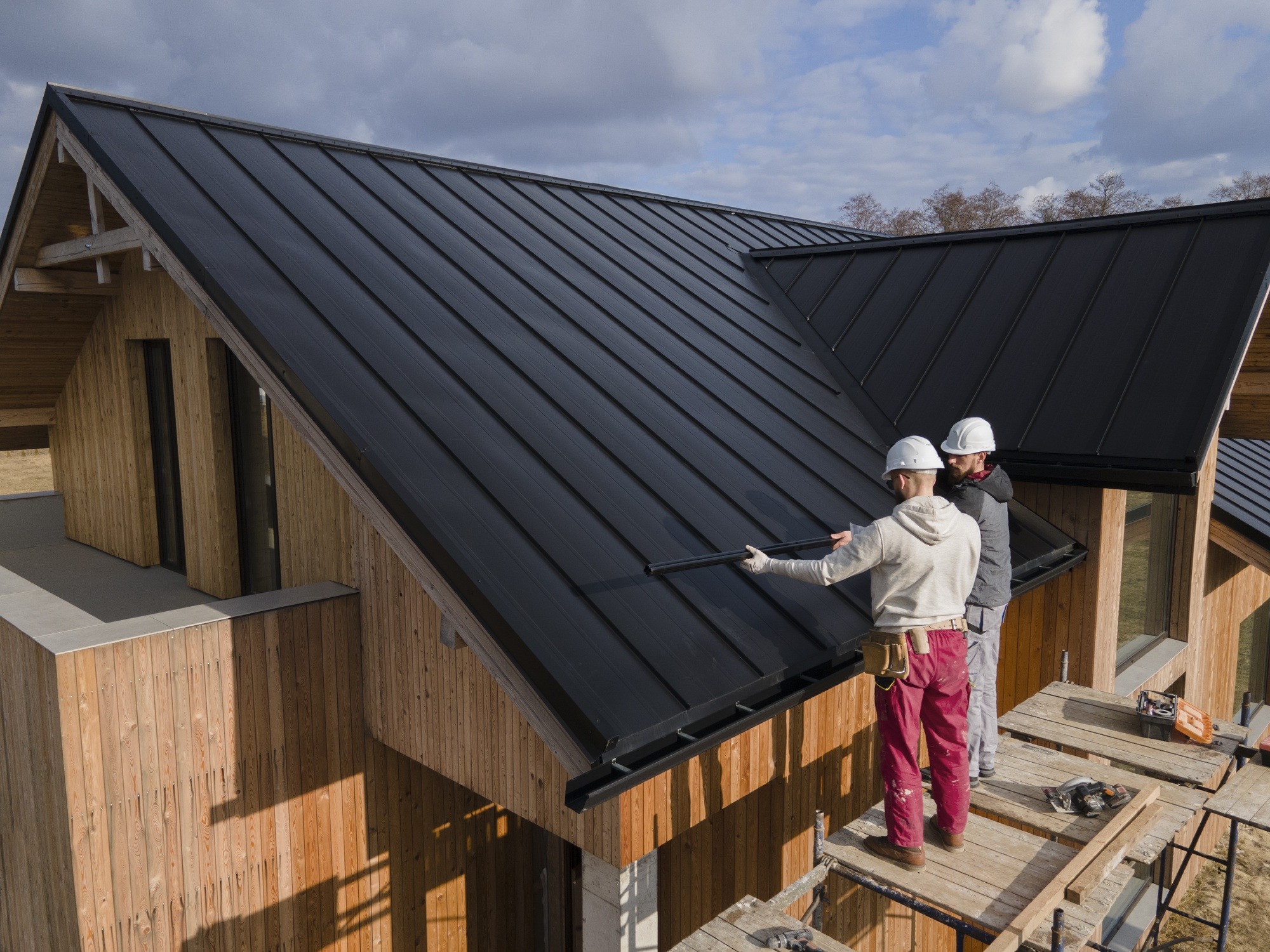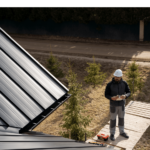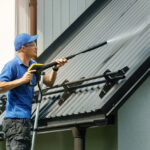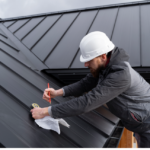Essential Underlayment for Metal Roofing: Professional Insights
December 22, 2024 | By Mike Gonet | Filed under: Blog

Choosing the right underlayment for your metal roofing system is essential for the durability and performance of your roof. As the layer between your roof deck and metal panels, it serves various purposes, such as providing moisture protection, minimizing noise, and ensuring thermal stability. Working with leading metal roof installers can help you navigate underlayment options and select the best solution tailored to your needs, guaranteeing optimal roof performance for years to come.
Types of Metal Roof Underlayment
Traditional felt paper, often used under asphalt shingles, may not be the most suitable choice for metal roofing. Synthetic underlayments, made from polyethylene or polypropylene, offer enhanced protection and durability. These modern materials are more resistant to tearing and have better exposure ratings than traditional felt. For added security, high-temperature self-adhering underlayments are specifically engineered for metal roofing systems, providing robust resistance against ice dams and water infiltration. The ideal choice depends on factors like climate, roof pitch, and the specific requirements of your project.
Installation Techniques and Requirements
Proper installation of underlayment starts with a clean, dry roof deck. Begin at the eaves and work upward, ensuring each row overlaps according to manufacturer guidelines, typically 4 inches on horizontal seams and 6 inches on vertical seams. For roofs with a low slope (2:12 to 4:12), double coverage may be necessary. Extra attention should be given to critical areas such as valleys, ridges, and penetrations, which may require additional layers or specialized materials. Choosing the correct fasteners and spacing is vital to prevent underlayment failure and ensure long-term performance.
Climate Considerations and Specifications
Underlayment requirements vary depending on the climate. In colder regions, ice and water shield along eaves, valleys, and other vulnerable areas is indispensable to prevent ice dam damage. In hotter climates, high-temperature-rated underlayments are necessary to withstand extreme heat without degrading. Coastal environments may demand corrosion-resistant fasteners and underlayments designed to withstand salt spray. Familiarizing yourself with local climate conditions and building codes is essential for selecting the most effective underlayment system.
Ventilation and Moisture Management
Selecting the right underlayment is pivotal to ensuring effective ventilation and moisture control. Some synthetic underlayments are breathable, allowing water vapor to escape while blocking liquid water. This feature is crucial for preventing condensation-related issues in metal roofing systems. In high-humidity environments, incorporating a ventilated air space between the underlayment and metal panels can enhance airflow and reduce the risk of condensation, thereby protecting the integrity of the roof.
Other related posts:





